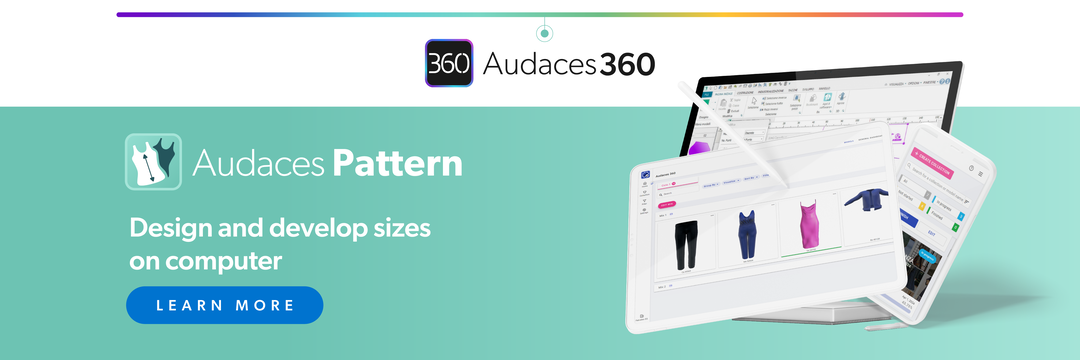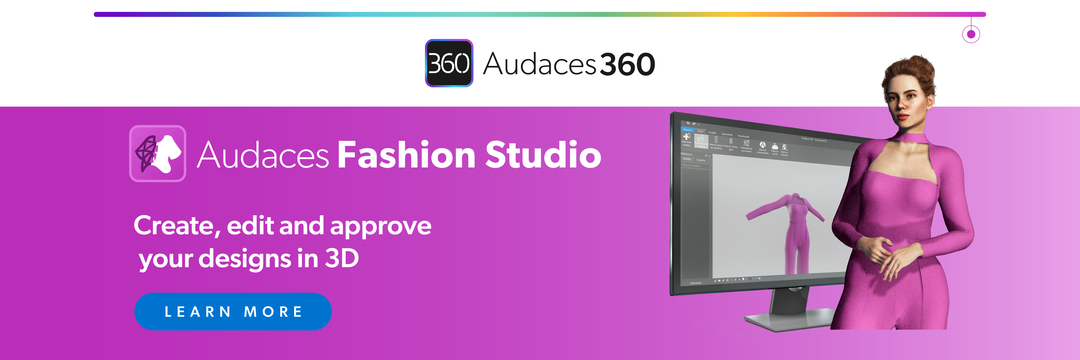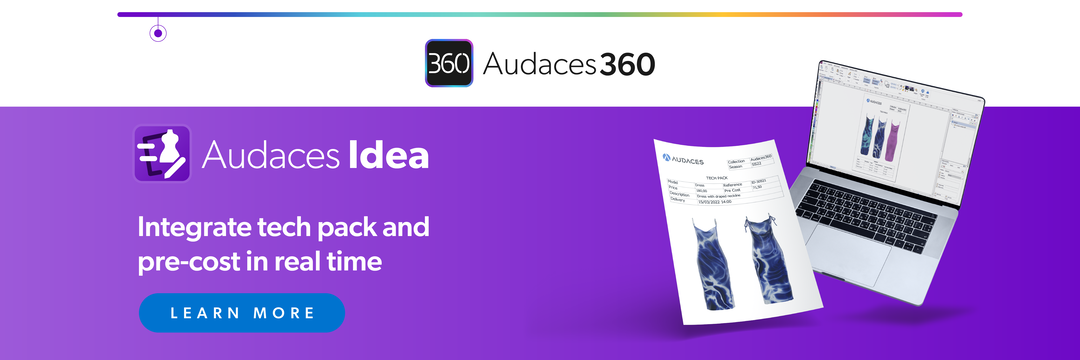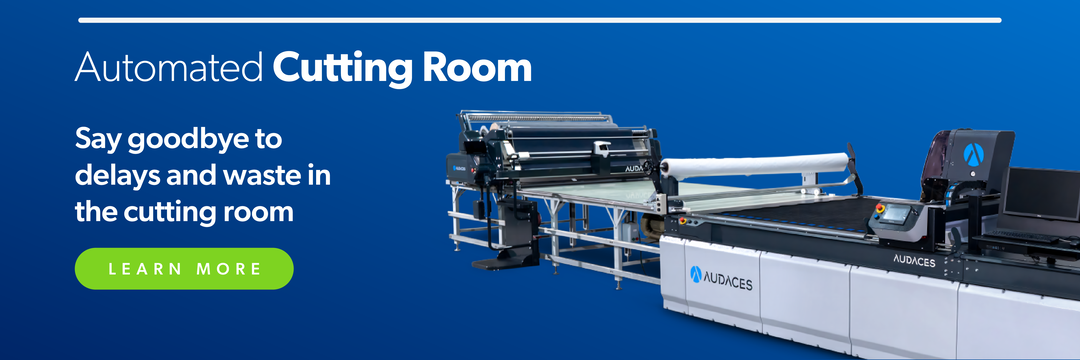Summary
- Plus size patterns require more than simple size adjustments.
- Small changes in proportion can make a big difference in the final fit.
- Want fresh fashion news straight to your inbox? Subscribe to our newsletter!
Creating plus size patterns isn’t just adding extra centimeters to a base model. It requires technical skill, attention to detail, and a deep understanding of body shapes. After all, every person deserves clothes that fit well and feel good, no matter their size.
But working with plus size patterns comes with its own set of challenges. From adjusting proportions to choosing the right fabrics, each step of the process needs care.
The goal is always the same: to respect the natural shape of the body while creating functional designs. And that’s why we’ve selected key tips to improve your plus size patterns and avoid mistakes.
Happy reading!
Sumário
What are plus size patterns and why do they require special attention?
Pattern makers create plus size patterns to fit bodies above the standard size range in fashion. Unlike simply scaling up regular sizes, plus size pattern making requires a deeper understanding of shapes and proportions.
These sewing patterns need to reflect real-life variations in measurements like bust, waist, hips, and shoulder width.
One of the main challenges is that bodies don’t grow proportionally as sizes increase. For example, a larger bust may not come with broader shoulders, and a fuller hip doesn’t always mean a longer torso.
That’s why copying and enlarging a base pattern can result in poor fit, discomfort, or an unflattering look.
Pattern makers also need to consider how garments behave on different body types. Professionals need to reposition darts, seams, and design lines with care to maintain structure and style. The pattern must enhance the natural silhouette without creating tension or excess fabric where it’s not necessary.
Learn more: Embrace diversity in fashion with inclusive pattern making
How to create plus size patterns with the perfect fit?
Creating plus size patterns with a perfect fit starts with understanding the body you’re designing for. Every line, dart, and curve need to be intentional and go under tests.
In the sections below, you’ll find practical tips to help you build better patterns:
Digitize your existing patterns to adjust the size
If you already have base patterns that work well, digitizing them is a smart first step. Using a digitizing board, you can convert physical patterns into digital files.
This makes it easier to adjust measurements, modify details, and save your changes without damaging the original pieces.
Once your patterns are in a digital format, you can scale them up more accurately using specialized software. Instead of manually adding centimeters, digital tools let you change key measurements while keeping control over proportions and shape.
Learn more: What is grading and how to do it in 3 simple steps
Develop your own size range
Relying only on standard size charts may not be enough for plus size collections. Creating your own size range based on real measurements can lead to better-fitting garments and happier customers.
To make it happen, consider conducting fit studies or using customer data to define your base sizes.
Your custom size range should reflect the body shapes you’re designing for. For example, you might find that your audience has fuller hips, narrower shoulders, or shorter torsos. You should build these differences into your patterns from the start for better results.
Add ergonomic ease in movement areas
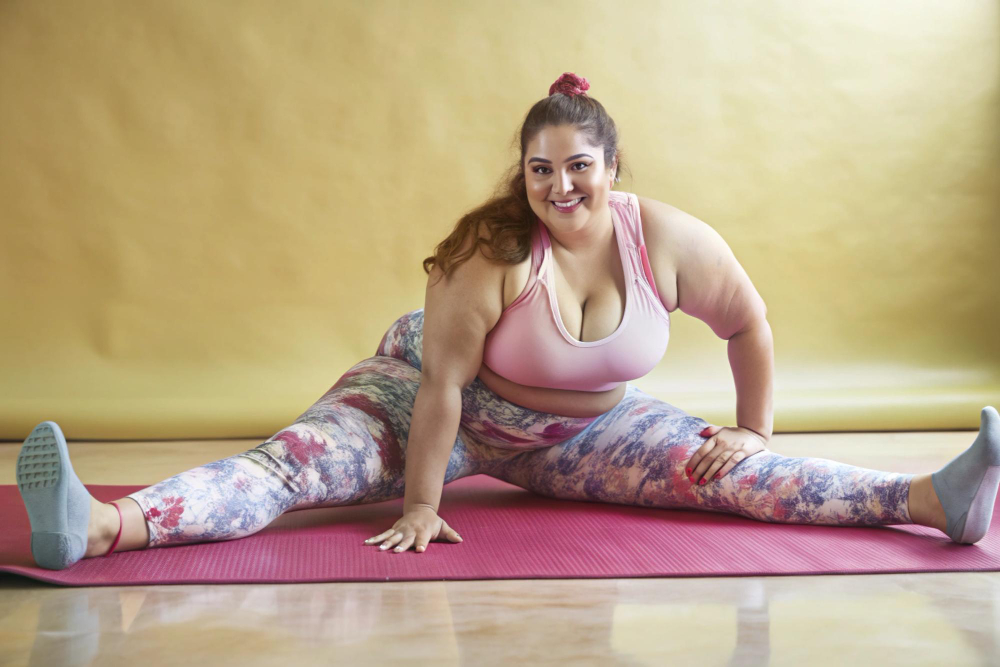
In plus size pattern making, adding ease isn’t just about comfort, it’s also about functionality. The body moves differently depending on size and shape, so certain areas require extra attention. Key movement points include the shoulders, bust, elbows, hips, and knees.
Ergonomic ease means adding just enough extra space where it’s necessary, without compromising the look of the garment.
For example, a well-placed dart or pleat can allow for arm movement without causing strain on the seams. Similarly, curved side seams can follow the body better than straight lines.
By considering how the wearer will move, you can create patterns that offer flexibility without looking oversized.
Learn more: How to consider inclusive sizes in your pattern making?
Use technology to your advantage
Modern solutions have transformed how pattern makers work, especially when it comes to plus size development.
CAD software allows for precise adjustments and easy grading across a wide range of sizes. With a few clicks, you can create patterns that maintain proportion and design integrity.
Moreover, simulation tools let you preview your garments on realistic avatars. This means you can spot fitting issues, tension points, and fabric behavior before producing a physical sample.
It saves time, fabric, and effort, especially valuable in plus size collections where fit testing is crucial.
Ready to transform your pattern making process? Learn how to streamline your workflow with digital solutions. Download our free guide now!
What are the best fabrics for plus size garments?
Choosing the right fabric is essential when designing plus size garments. The fabric affects not only the fit and comfort but also how the garment moves and drapes on the body.
Pattern makers need to consider stretch, structure, breathability, and how well a fabric supports the design.
Here are some of the most recommended fabrics for plus size clothing:
- Cotton: Soft, breathable, and easy to sew, cotton is ideal for casual pieces. It offers comfort and structure, especially when blended with a small amount of elastane.
- Rayon: This fabric drapes beautifully and feels light against the skin. It’s great for flowing dresses, blouses, and skirts that need movement without adding bulk.
- Jersey knit: With its natural stretch and softness, jersey is a go-to for comfortable everyday wear. Look for medium to heavyweight versions to avoid clinginess.
- Crepe: Known for its texture and graceful drape, crepe fabric is perfect for elegant silhouettes. It provides a polished look without being stiff.
- Stretch denim: Offers the look of traditional denim with added comfort and flexibility. Great for jeans and jackets that move with the body.
- Linen blends: Lightweight and breathable, linen blends are ideal for warm-weather pieces. Choose blends to reduce wrinkling and improve durability.
Learn more: How to create your own digital skirt pattern in 5 steps
How does technology support the creation of plus size patterns?
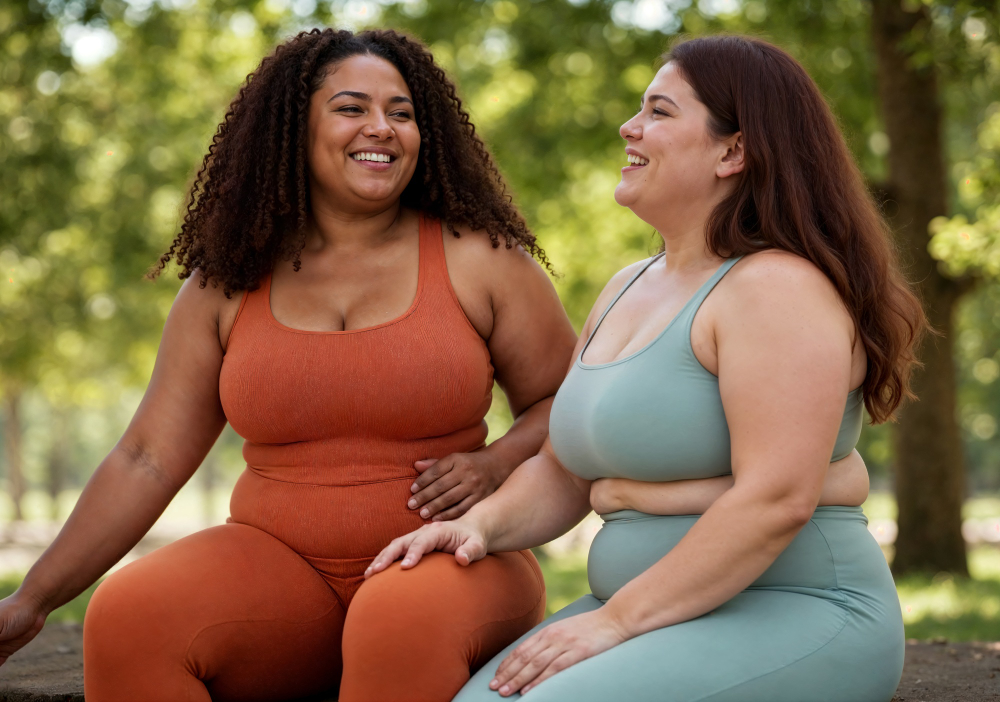
Pattern digitization
Digitizing physical patterns is the first step toward a smarter and more scalable workflow. This step keeps the original shapes intact and prepares them for further editing on screen.
It also helps you build a digital archive of your work. With well-organized files, you can access, duplicate, and reuse patterns whenever needed.
It saves time, improves accuracy, and prepares your base for digital pattern making and automated grading.
Learn more: 7 reasons to go digital with your handmade pattern
Digital pattern making
With digital pattern making software, you can create and edit patterns directly on your computer. This gives you much more control over measurements, without the limitations of working on paper.
It’s ideal for building plus size patterns, where you must adapt every curve and line carefully.
The software also helps you visualize how different pieces come together. You can check alignment, add notches, adjust seam allowances, and apply detailed changes quickly.
These tools reduce errors and make it easier to keep your work consistent across different sizes.
Automated size grading
Grading plus size patterns by hand can be prone to errors, especially because body proportions do not scale evenly.
Automated grading tools solve this by allowing you to grade across multiple sizes using rules based on real measurements. With just a few clicks, you can create a full size range from a single base pattern.
Automated grading is especially helpful when working with custom size ranges or responding to market demand for inclusive sizing. It enables fashion businesses to scale their collections with consistency and confidence, reducing development time and increasing quality.
3D simulation
By applying digital patterns to virtual mannequins, you can see how garments fit, drape, and move in real time.
Instead of making multiple physical samples, you can test your ideas in a digital environment. You can check for tight areas, excess fabric, or misaligned seams, and make corrections right away.
This helps improve fit while reducing material waste and production costs.
Learn more: 5 reasons why pattern makers should start using 3D pattern
Create your own plus size patterns with Audaces solutions
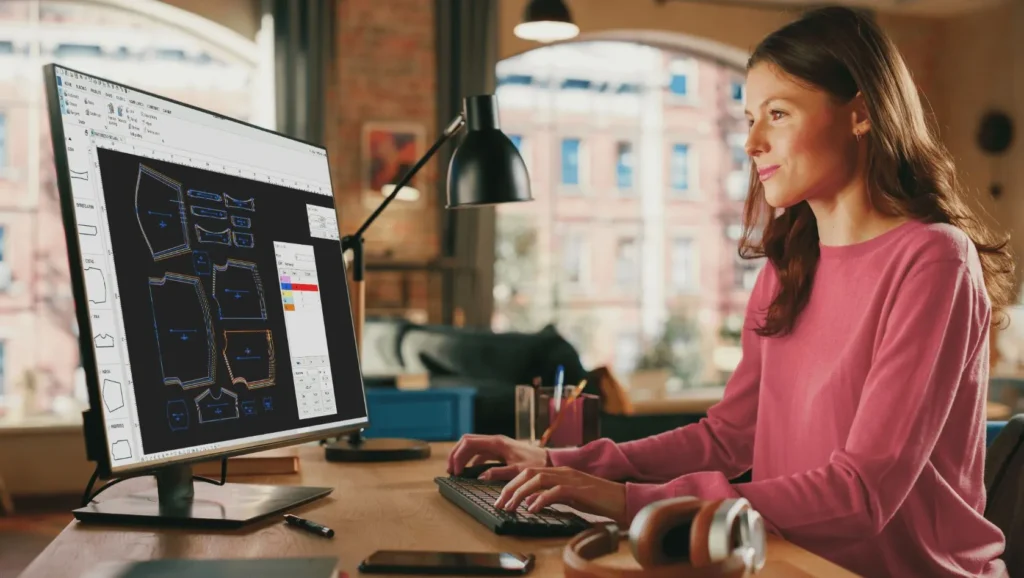
Audaces Digiflash
While traditional handmade patterns have served their purpose, they often come with drawbacks. They include space constraints, confusion, and loss.
Audaces Digiflash offers an innovative solution to these challenges by seamlessly transitioning your patterns into digital files.
Simply take a photo of your paper pattern, and our technology will instantly convert it into a digital file.
You can make changes to your patterns directly within the digital format, eliminating the need for physical alterations.
Audaces Pattern
Audaces Pattern is the perfect solution to simplify and speed up your pattern-making process. With intuitive digital tools and smart automation, you can create, edit, and grade patterns efficiently.
Save valuable time and can focus more on the creative and technical decisions that truly shape your collection.
When changes happen, you won’t have to start from scratch. The software makes it easy to adjust measurements, reshape pieces, and test new design variations with precision and speed.
To take it even further, Audaces Pattern integrates seamlessly with the full Audaces ecosystem. This connection allows you to plan, develop, and produce with consistency and accuracy across every stage.
Audaces 3D
With Audaces 3D, you can visualize, adjust, and validate your digital patterns on a true-to-life 3D avatar. All before producing a physical sample!
Save time, reduce costs, and spot issues early by simulating your garments in a virtual environment.
This powerful tool gives pattern makers more control, speed, and confidence throughout the development process.
The solution transforms your workflow by combining creativity with precision, helping you deliver better results, faster.
Want to see our products in action? Discover how La Clofit, a fitness fashion brand that transformed its production with 100% digital pattern making!
FAQ
Pattern makers create plus size patterns to fit bodies above the standard size range in fashion. Unlike simply scaling up regular sizes, plus size pattern making requires a deeper understanding of shapes and proportions.
Digitize your paper patterns, develop your own size range, add ergonomic ease, and use technology.
The best options include cotton, jersey knit, stretch denim, and linen blends.



